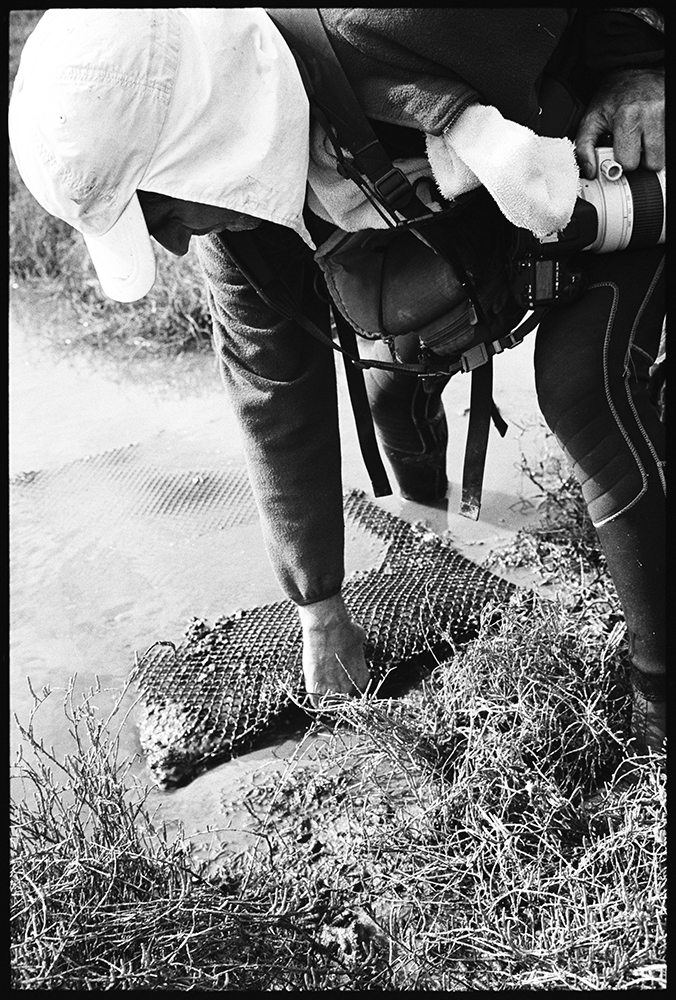From his old silver Prius parked on the side of Highway One, Richard James pulls out oyster-growing gear he has collected from Tomales . . .
One man’s efforts may change oystering on bay


From his old silver Prius parked on the side of Highway One, Richard James pulls out oyster-growing gear he has collected from Tomales . . .